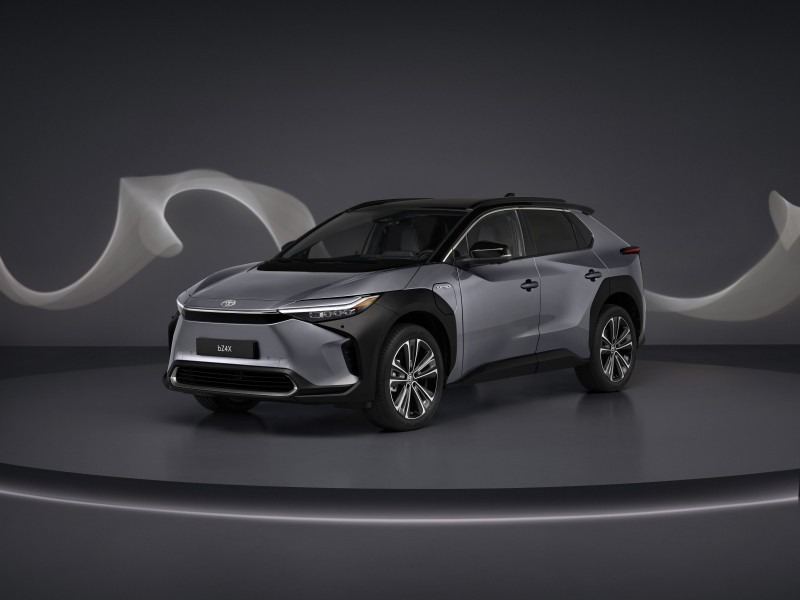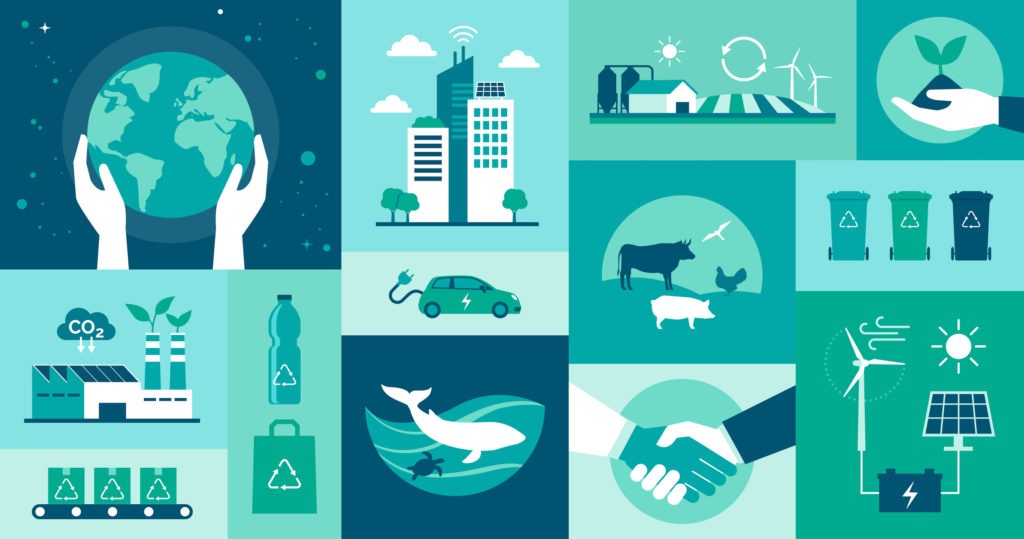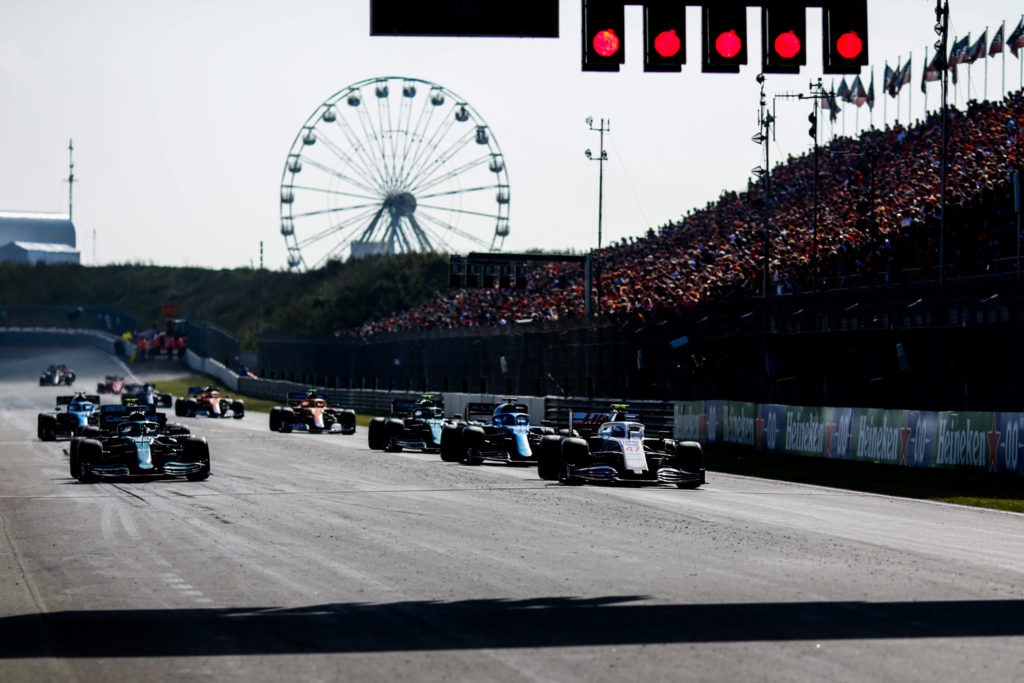Are e-fuels as green as they seem?
16 December 2021

Critics of the internal-combustion engine (ICE) claim it is polluting, inefficient, and destined for the scrap heap. But what if these machines ran on more environmentally-friendly fuel? Advocates are hailing e-fuels as the answer, allowing ICE models to carry on into a new age of greener mobility.
But the environmental credentials of synthetic fuels have come under fire. Green group Transport and Environment (T&E) recently published some troubling test results. Laboratory tests commissioned by the organisation found e-fuels emitted just as much nitrogen oxides (NOx) as their fossil-fuel counterparts.
Understanding e-fuels
But how are e-fuels produced, and what makes them greener than standard diesel and petrol? According to the eFuel Alliance, water is broken down into its two elements, hydrogen and oxygen. CO2 taken from the air is then combined with the resulting hydrogen and converted into a liquid.
Following some refining, this then becomes a viable e-fuel. It can then be used as e-petrol, e-diesel, and even e-heating oil, effectively filling in for conventional fuels. These substitutes can even be blended with standard petrol or diesel at any desired ratio.
This process requires power in the form of electricity, which is why its production is known as a power-to-liquid process. For e-fuels to be considered environmentally neutral, they should utilise electricity generated from renewable sources and only emit as much CO2 as was used in production.
Are e-fuels green?
Testing of e-fuels has found that they emit as much NOx as standard E10 petrol, and much more carbon monoxide. E-fuels also produce twice the amount of ammonia. This can combine with other compounds to form particles, for which there is no safe level of pollution. While particle emissions were considerably reduced, more than two billion were still emitted for every kilometre driven.
Such green credentials of e-fuels have been called into question by T&E commissioned IFP Energies Nouvelles (IFPEN) which carried out a series of lab tests on different e-petrol blends, used in a Mercedes-Benz A-Class. Tests simulated real-world driving conditions according to WLTC and RDE measures. IFPEN did have to blend three e-fuels because no e-petrol was available for commercial purchase.

‘No amount of spin can overcome the science of burning hydrocarbons. As long as fuel is combusted in engines, toxic air will persist in our cities,’ said Julia Poliscanova, senior director for vehicles and e-mobility at T&E. ‘Lawmakers who leave loopholes for e-fuels in vehicle emissions targets are condemning the public to decades more of avoidable air pollution.’
Costly and scarce
T&E also stated proposals for e-fuel loopholes in EU car CO2 targets will increase costs for drivers. The green group calculated that running a car on synthetic fuel over five years could cost a driver €10,000 more than running a battery-electric vehicle (BEV). High costs will also make running second-hand cars around €10,000 more expensive over the same period.
Additionally, the group points out no synthetic petrol is currently available to buy. But even producing e-fuels could be a step backwards in terms of efficiency. In fact, supplying just 10% of new cars with e-fuels instead of electrifying them will require 23% more renewable-electricity generation in Europe. However, T&E did not dismiss synthetic fuels entirely. It pointed out that synthetic fuels could be used for aviation, as planes still rely on fossil fuels.
‘E-fuels have lost the race to clean up cars, but in truth it was never even close. Battery-electric vehicles offer drivers the cleanest, most efficient and affordable way to decarbonise, while synthetic fuels are best suited to planes where electrification is not an option. The credibility of Europe’s clean-car policy is on the line and any diversion into e-fuels is a new lease of life for old polluting engines,’ Poliscanova added.
Mazda’s mindset
Mazda is already focused on producing efficient engines and wants all of its vehicles to use batteries by 2030. But in February, it became the first automotive manufacturer to join the eFuel Alliance. The carmaker pointed out the importance of reducing emissions as much as possible, not ignoring any potential routes to greener mobility.
When approached by Autovista24 about the results of T&E’s study, Mazda reconfirmed its commitment to e-fuels. ‘We will not comment on the report except to say that we continue to believe in genuine e-fuels as a way to reduce CO2 emissions and facilitate the transition to clean mobility,’ a Mazda spokesperson explained.
‘E-fuels, produced from renewable-energy sources, provide significant life-cycle CO2-emission reduction and CO2-neutral operation for both existing and new electric-vehicles and, while electrification is an effective solution for reducing emissions in urban areas and for smaller vehicles, renewable fuels provide benefits for many transport modes, especially for longer-distance travel and larger cars,’ the carmaker added. ‘Renewable fuels are fully compatible and can be blended with existing fuels. They also share the same infrastructure and can therefore make use of a dense network of existing fuel stations.’
While the sale of new ICE-powered models is set to end in Europe by 2035, that does not mean petrol and diesel vehicles will entirely disappear from roads. The Mazda spokesperson pointed out that renewable fuels can help improve the performance of these cars, helping accelerate the decarbonisation of transport.



